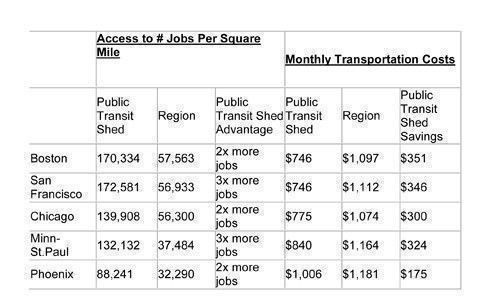Pending Home Sales Slip on Constrained Inventory
February pending home sales flattened with limited buyer choices, but remained at the second highest level in nearly three years, according to the National Association of REALTORS®.
The Pending Home Sales Index, a forward-looking indicator based on contract signings, slipped 0.4 percent to 104.8 in February from a downwardly revised 105.2 in January, but is 8.4 percent higher than February 2012 when it was 96.6. Contract activity has been above year-ago levels for the past 22 months; the data reflect contracts but not closings.
Before January, the last time the index showed a higher reading was in April 2010 when it was 110.9, shortly before the deadline for the home buyer tax credit.
Lawrence Yun, NAR chief economist, says limited inventory is holding back the market in many areas. “Only new home construction can genuinely help relieve the inventory shortage, and housing starts need to rise at least 50 percent from current levels,” he said. “Most local home builders are small businesses and simply don’t have access to capital on Wall Street. Clearer regulatory rules, applied to construction loans for smaller community banks and credit unions, could bring many small-sized builders back into the market.”
The PHSI in the Northeast declined 2.5 percent to 82.8 in February but is 6.8 percent above February 2012. In the Midwest the index rose 0.4 percent to 103.6 in February and is 13.2 percent higher than a year ago. Pending home sales in the South slipped 0.3 percent to an index of 118.8 in February but are 12.1 percent above February 2012. In the West the index increased 0.1 percent in February to 101.4 but is 0.8 percent below a year ago.
Yun projects existing-home sales to rise about 7 percent in 2013 to approximately 5 million sales, which is near the current level of activity. “The volume of home sales appears to be leveling off with the constrained inventory conditions, and the leveling of the index means little change is likely in the pace of sales over the next couple months,” he said.
The national median existing-home price is forecast to rise nearly 7 percent this year, while mortgage interest rates should remain historically low, but trend up slowly and reach 4 percent in the fourth quarter.
720-771-9401
Search all Boulder homes for sale






